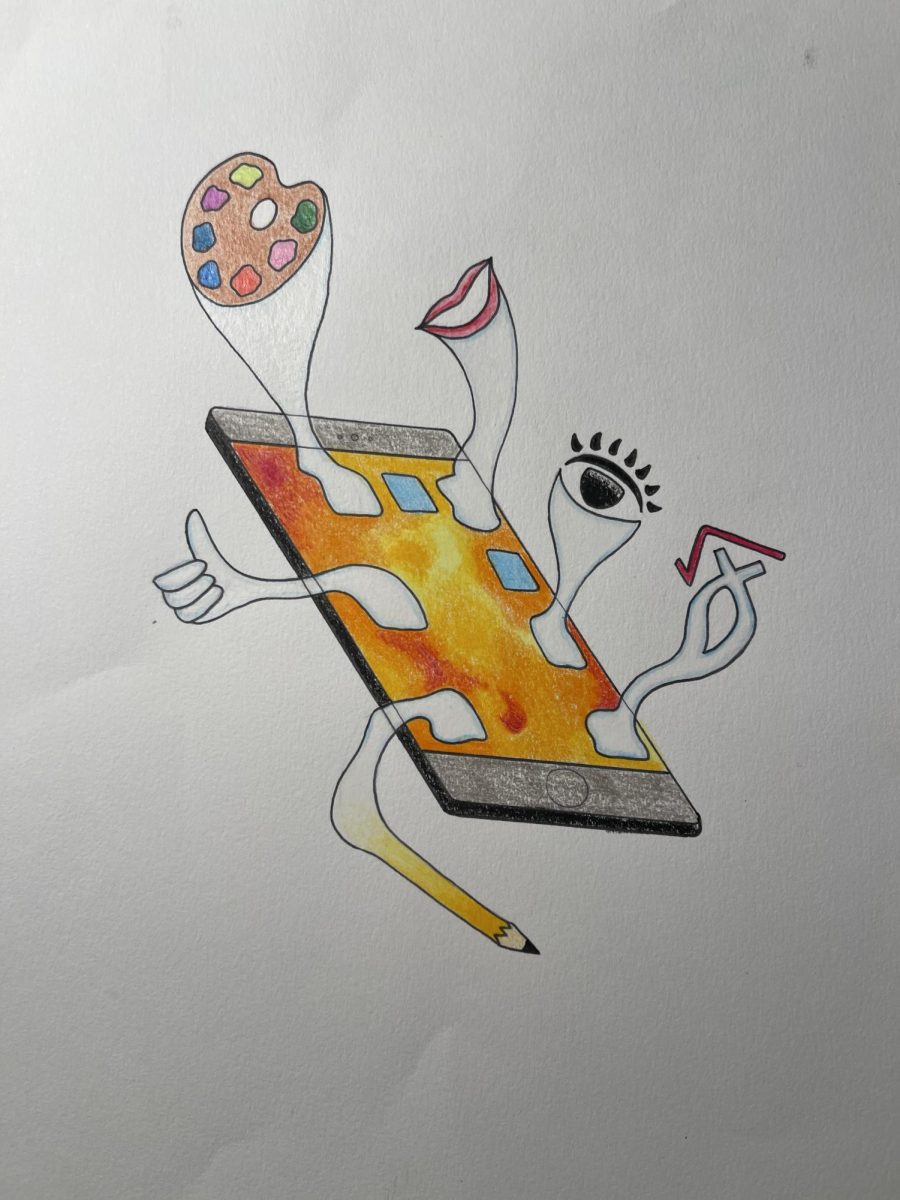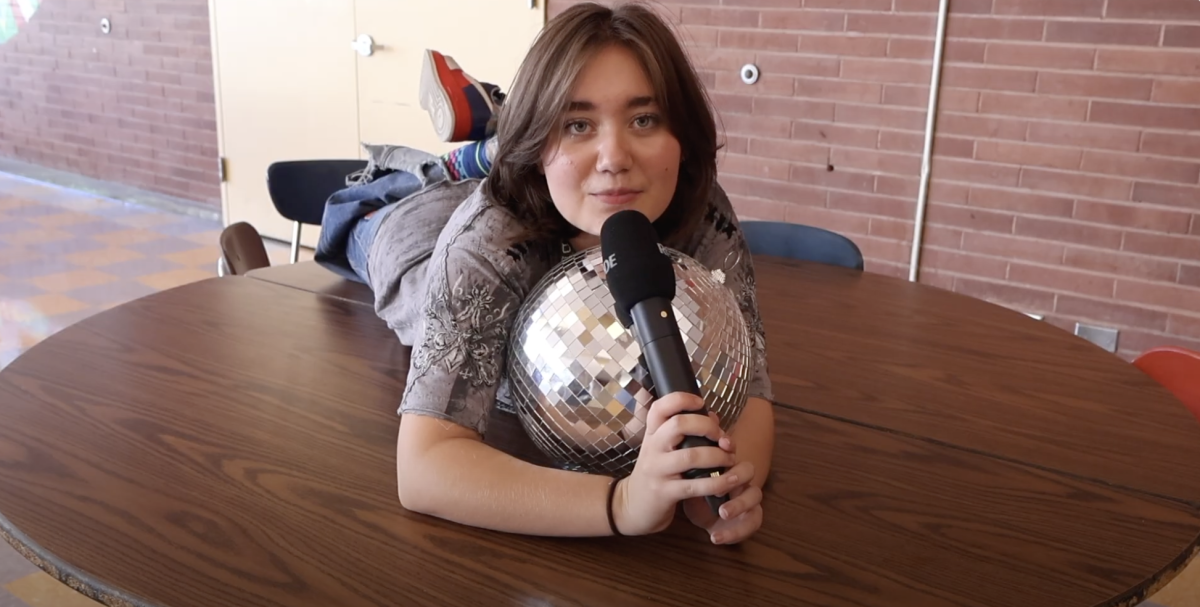The significant growth of artificial intelligence (AI) in recent years has made people excited about its potential to transform entire industries. AI has the potential to assist doctors in analyzing and diagnosing medical images, become personalized tutors for students, and even solve crimes.
In the 1950s, during the very beginning stages of AI, these bots lacked a key skill. AI could only follow commands, meaning the computer could only be told what to do and couldn’t learn or remember what to do. When AI became able to learn and remember, much debate about its potential was made.
Learning AIs are bots such as algorithms on social media that can collect data and learn what to do in reaction. They work by collecting large amounts of data, practicing trial and error, and noticing patterns. For example, teaching an AI to differentiate pictures of dogs versus cats is done by showing the AI thousands of pictures of dogs and cats, then running hundreds of tests on the AI. It would guess which pictures are dogs and which pictures are cats, then discover patterns and after many tests, be able to differentiate the dogs and the cats. However, the AI still lacks some important skills. It wouldn’t be able to identify the image if it was, for instance, upside down or a video.
Learning AIs are being used in the medical field to analyze and diagnose medical imagery such as X-rays and CT scans. In a 2022 report conducted by the U.S. Government Accountability Office (GAO), it was found that AI could more consistently identify difficult or hidden patterns, detect diseases earlier, and improve treatments. However, their report also found that without responsible supervision, using AI in the medical field may be less reliable and possibly dangerous. GAO was also concerned that using AI to assist doctors would add to the healthcare inequalities that create disadvantages for certain groups like people of color and the impoverished.
Generative AI, such as ChatGPT, is used to create original text, images, videos, and other media when given a prompt by a human. The GAO says that generative AI could be used in many fields like education, law and entertainment. Generative AI uses a process called “deep learning” to find patterns in sets of data and then replicate them to form new data that looks human-created.
Law enforcement has used facial recognition tools to support criminal investigations and the law. One way facial recognition technology has been used is by showing video surveillance to an AI so that it can identify the people seen in the footage. Facial recognition AI has also been used to match people with their IDs and passports. However, AI still has a long way to go and may be inconsistent as there are still many flaws to be addressed.















